Beginner Guide: Partner Availability Explained
"Book Delta through Air France!" "Transfer your Chase points to United to book Lufthansa!" "Lifemiles deal on COPA business class!”
If that all goes over your head, it can be difficult to make sense of points deals and how to get value from your card's sign up bonus. The portal seems so easy, and sure, some economy tickets will be cheap in points on the portal, but business redemptions will be out of reach. Maybe you've priced out a business class ticket in your card's portal only for it to come out to 400,000 points - far too expensive for the miles you have, while everyone online seems to claim they pay fewer than 100,000 points for the same tickets.
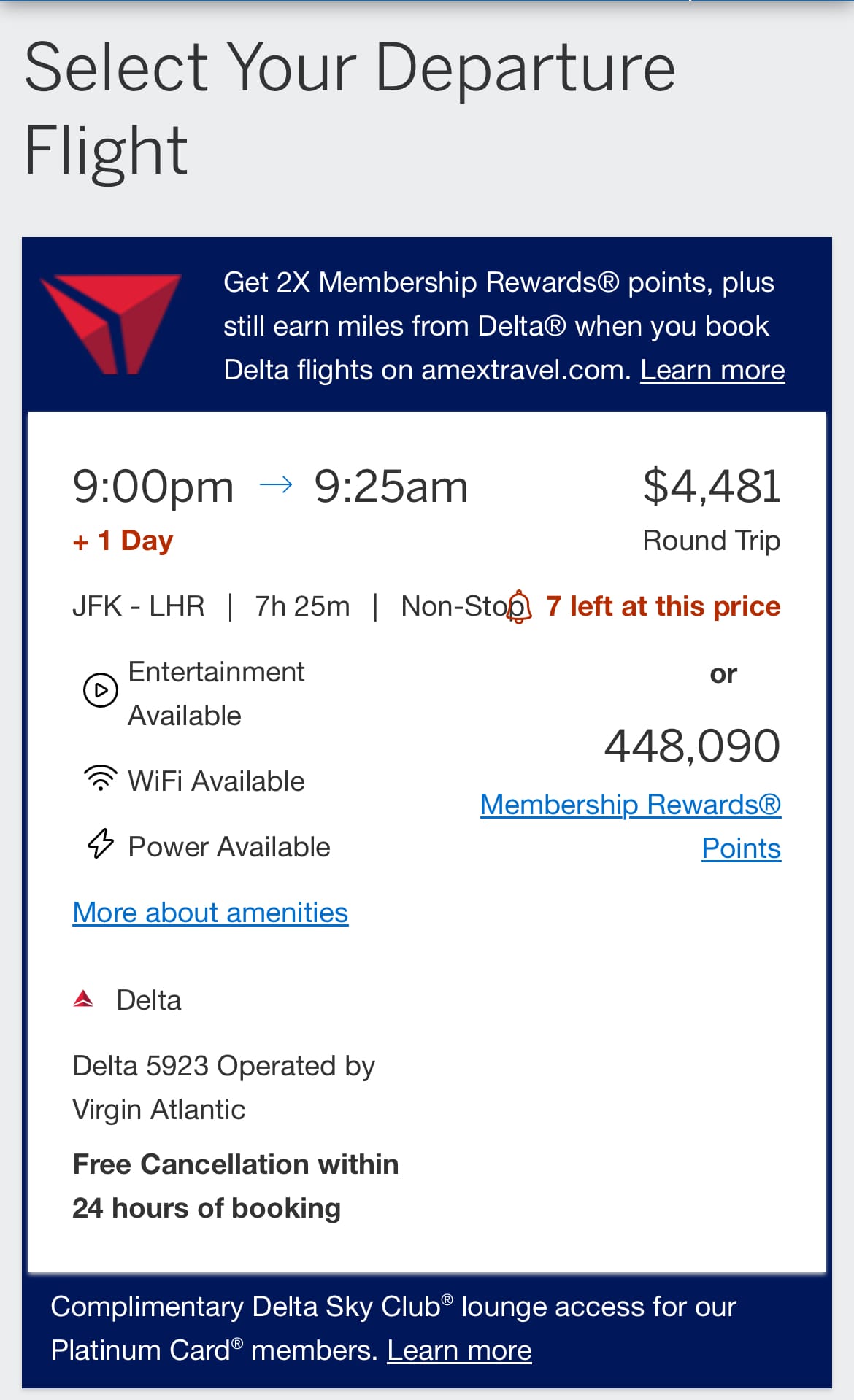
The travel portals of these credit cards are universally terrible options for buying travel, unless some other free credit applies. The Amex flight portal at least redeems one cent = one point, but the hotel portal offers an abysmal 0.7 cents a point. If you just plan to redeem through the portal, I don't think having a travel card is even worth it. Capital One similarly offers one cent a point, while Chase varies it by how much you shell out on their cards: 1.25 cents a piece for their lower priced Sapphire Preferred card, versus 1.5 cents a point for their Reserve card.
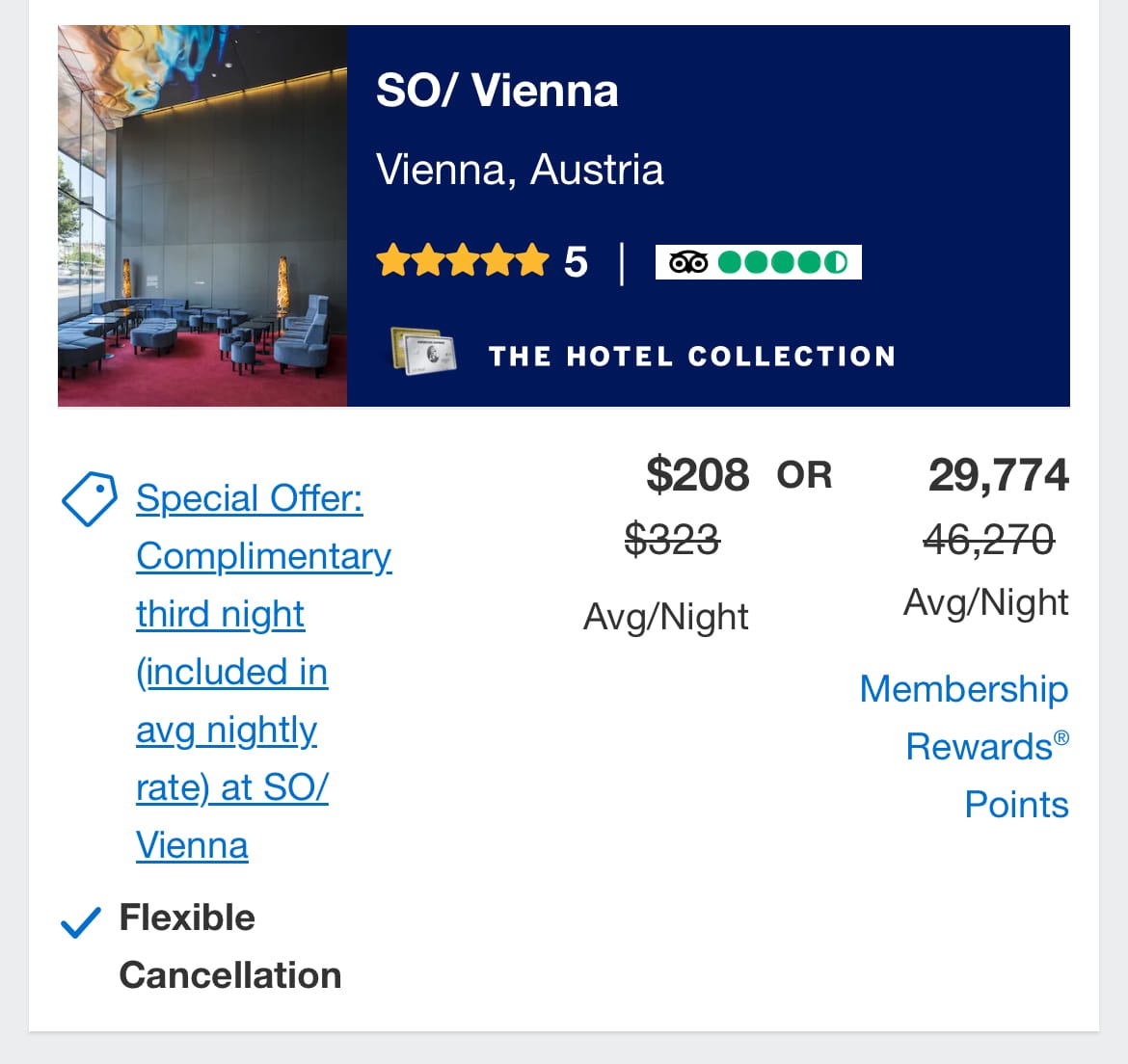
The magic of it is through transfer partners and saver availability. There are over 30 transfer partners between the main credit cards. Saver availability are the seats shared between these programs. Saver and partner availability are also mostly interchangeable in the points blogging space. Some programs will make some of their saver availability only available to members of their own programs. The remaining availability, what is possible for partners to book, is where you’ll get the most value from your points.
Most airlines are in an alliance - Star Alliance, Oneworld, or Skyteam - and aside from their main alliance partners, they can have other strategic partnerships. Of the US-based airlines, United is in Star Alliance, Delta is in Skyteam, and American and Alaska Airlines are a part of Oneworld. Some airlines aren’t in any alliance at all, like LATAM, but still have wide-reaching partnerships. These partnerships are not just for points. They exist primarily to sell cash tickets and expand the route network of each airline. For example, Delta allows you to buy cash Air France tickets, and American Airlines allows you to purchase British Airways tickets.
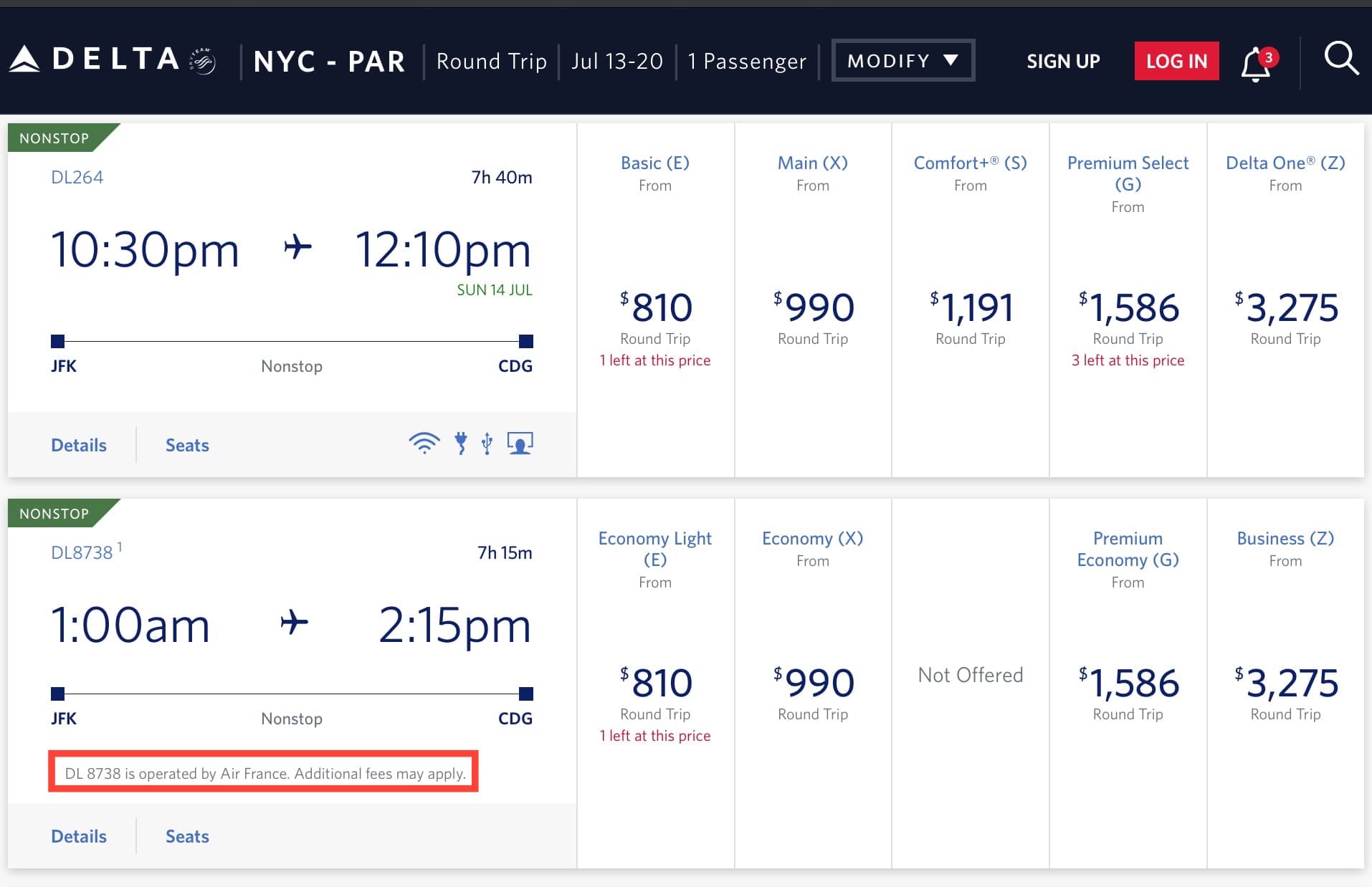
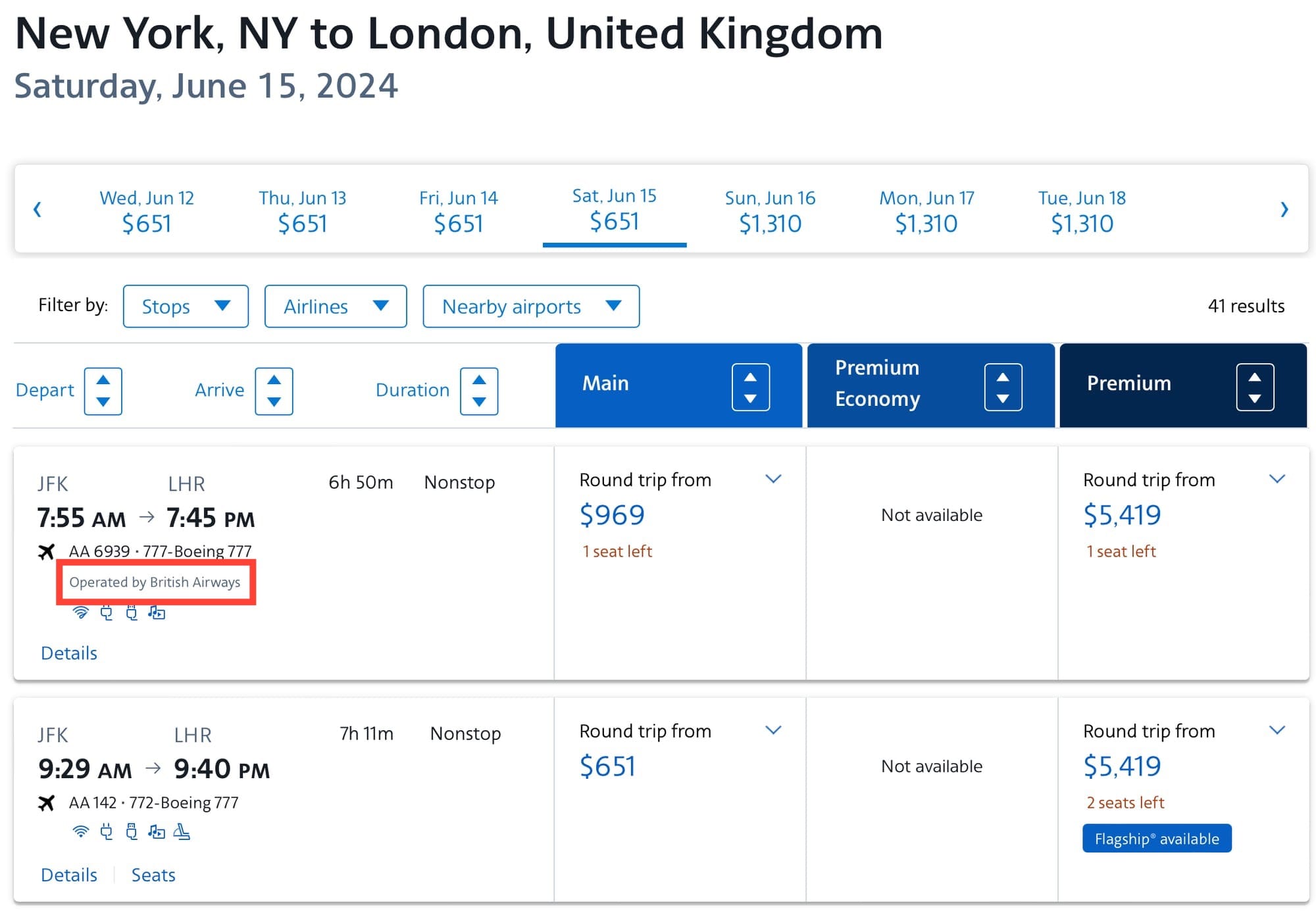
Airlines also allow you to buy in points another airline’s flight. That being said, cash availability does not equal points availability, and switching the points toggle on won’t necessarily show those same flights if there is no partner availability.
The reason partner availability is important is every program has different pricing and quirks, opening up sweet spots. It may be a frustrating answer, but without research, it’s impossible to know which partner will have the best pricing. These days, tools like point.me, seats.aero, and PointsYeah help perform the long searches for availability, but no sites covers every airline effectively. These sites do cover each alliance, and if you see the same flight showing up in different programs, you can then check the programs in the same alliance not covered that your card can transfer to.
Example Flights: US to London on Star Alliance
Say you want to fly United from New York to London. The first instinct for most people is to buy a United flight with United miles. United is a transfer partner of Chase and Bilt only, which is already highly limiting. United has economy available for 40,000 miles, premium economy for 50,000 miles, and business for 80,000 miles. However, looking at the ‘fare classes,’ the flight is labeled as having saver availability and as having X and I fare buckets available in economy and business, meaning partners will likely show these seats. At this point, you may want to switch to tools like Seats.aero or PointsYeah.
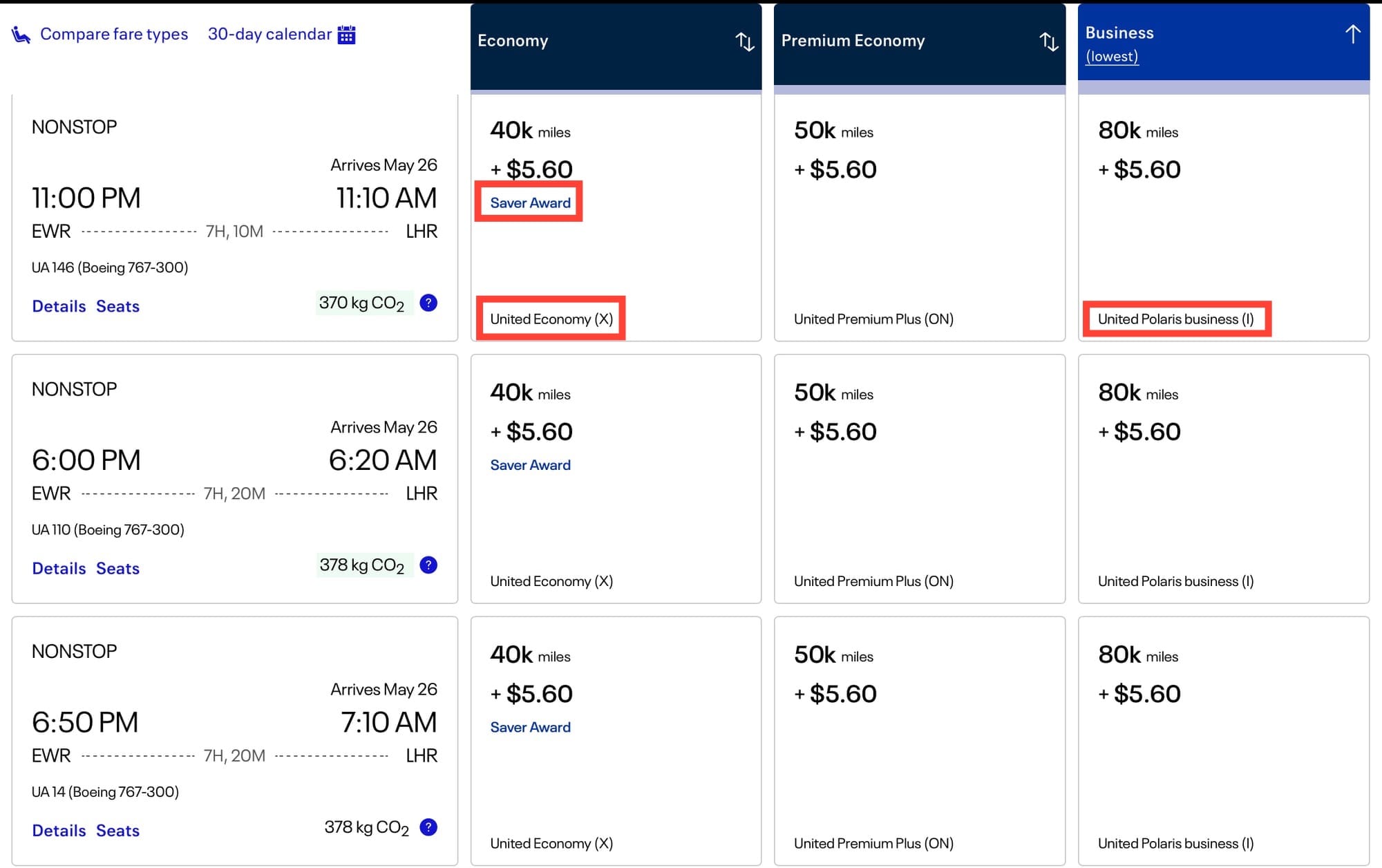
Singapore Airlines, a member of Star Alliance and thus a United partner, has the same flight in economy for cheaper. Better yet, Singapore Airlines is a transfer partner of Amex, Chase, Citi, and Capital One. However, because Singapore Airlines requires log in to search, most point-searching sites wouldn’t show it.
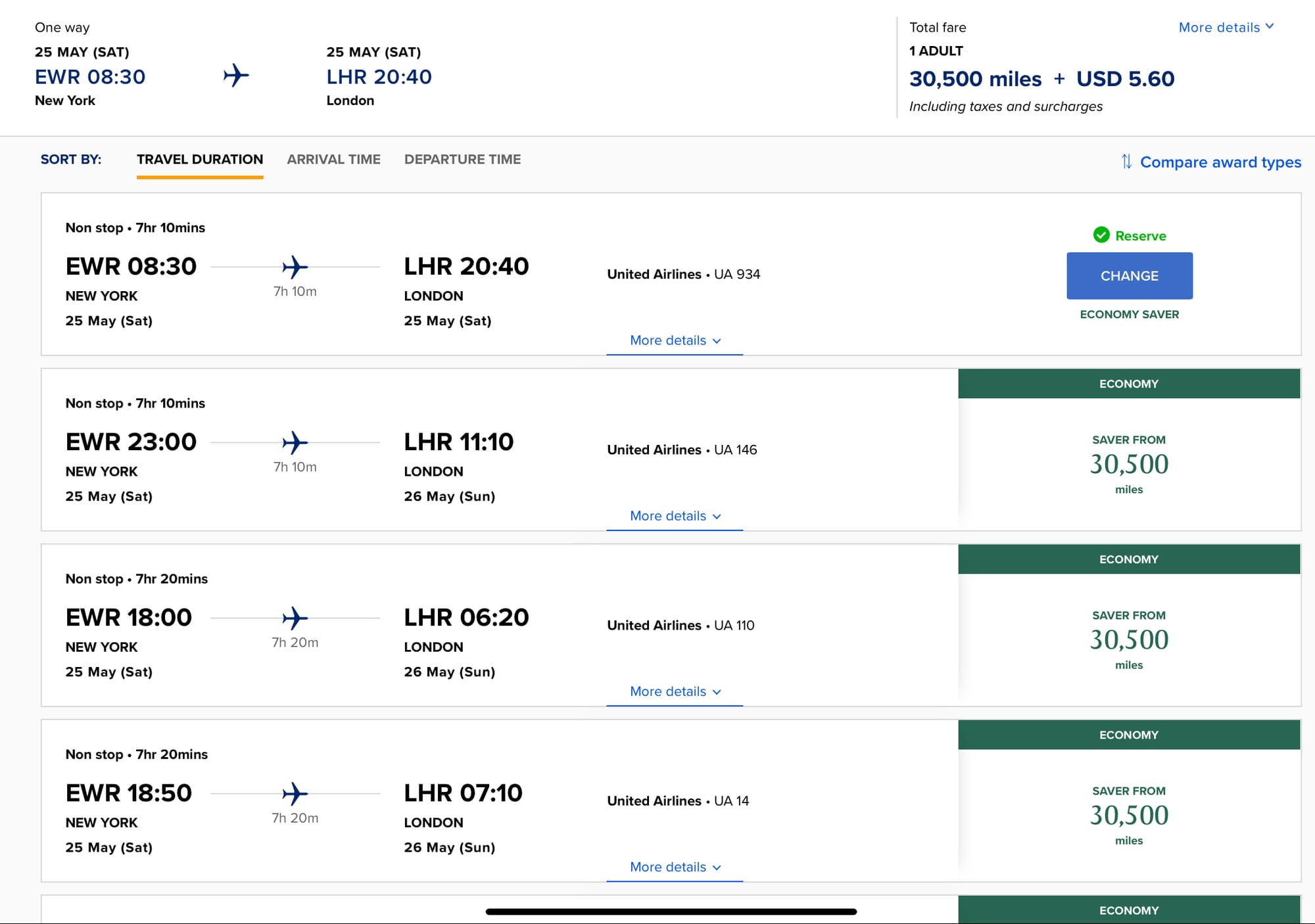
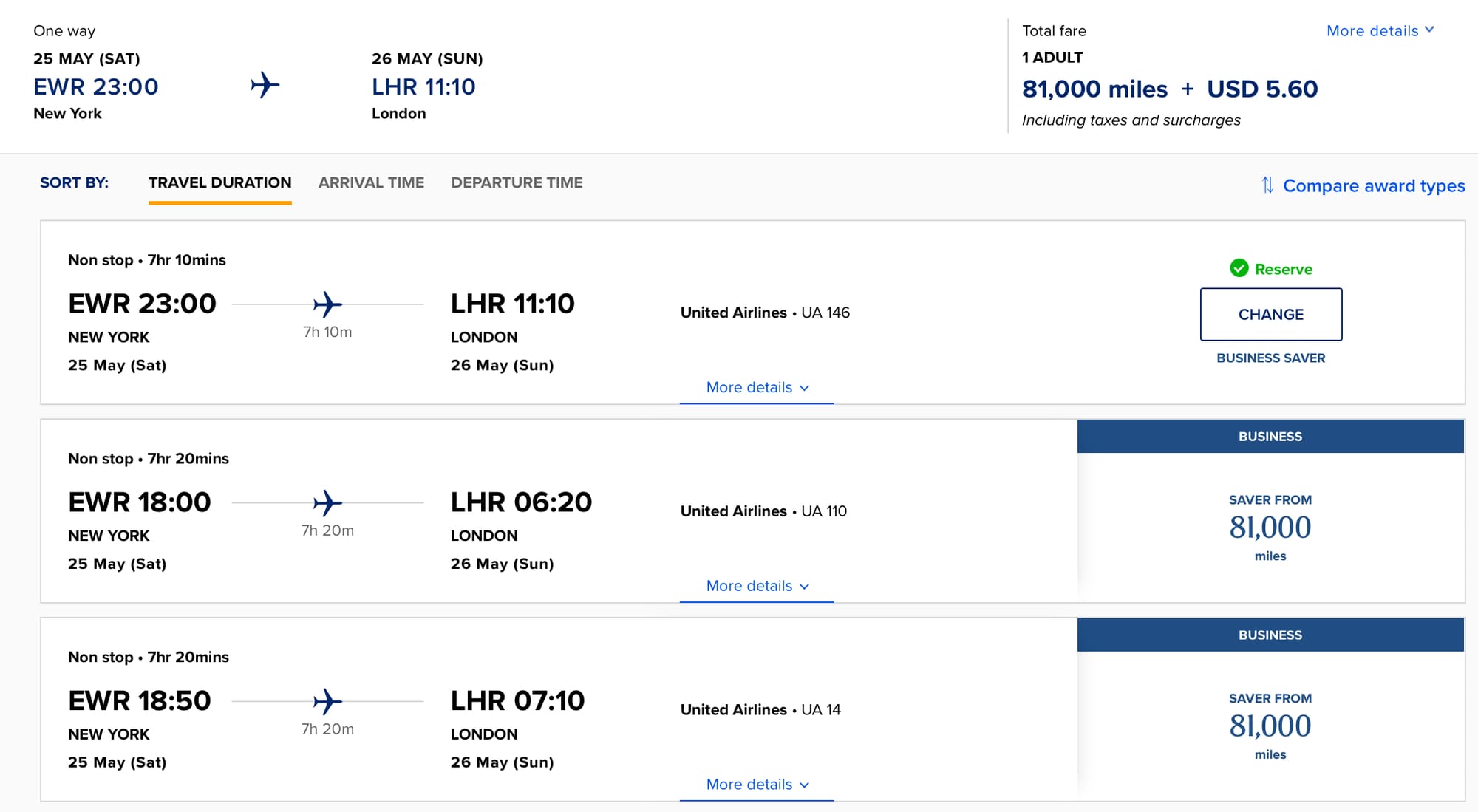
Air Canada, which appears on most points searching sites, and is a transfer partner of Amex, Capital One, and Chase, also shows these same seats. Better yet, they're only asking for 60,000 points for the business class seats.
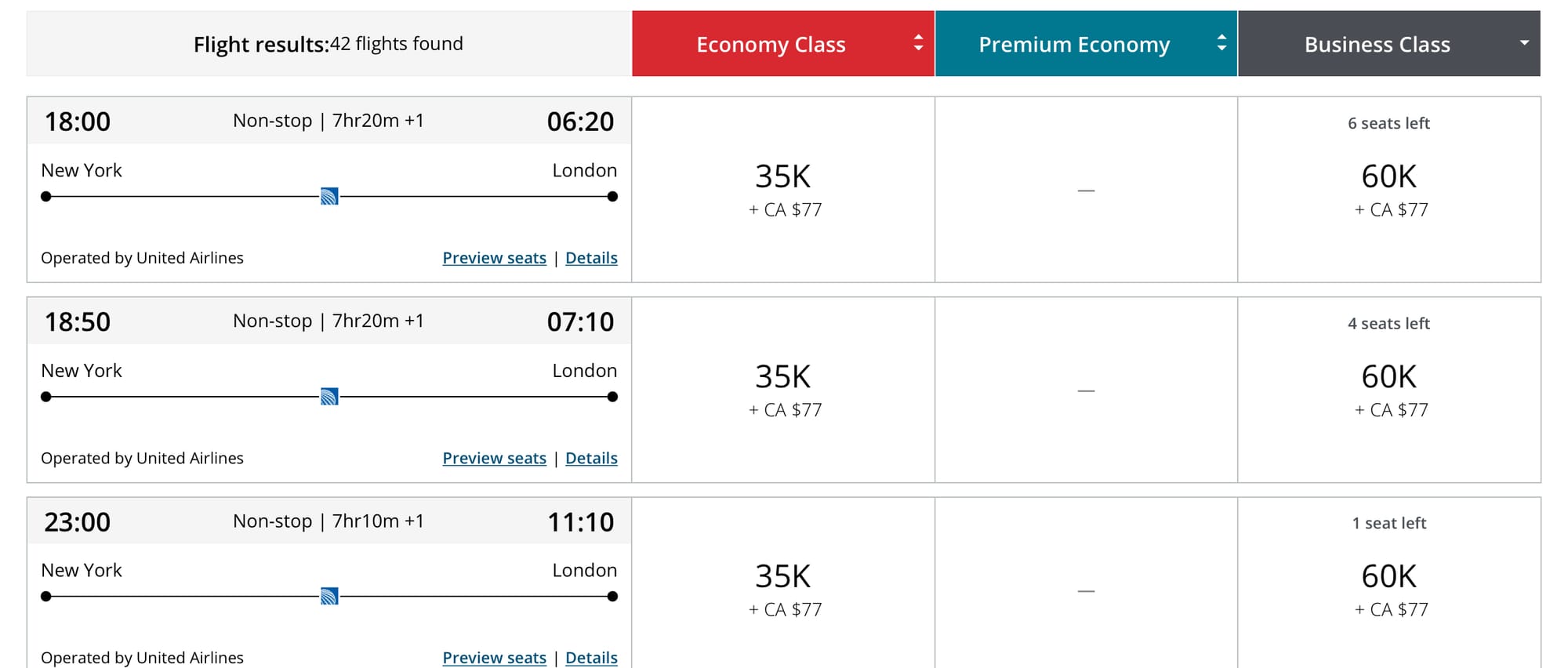
Lifemiles, a transfer partner of Amex, Bilt, Citi, and Capital One, has the same exact flights for 20,000 points for economy and 60,000 for business.
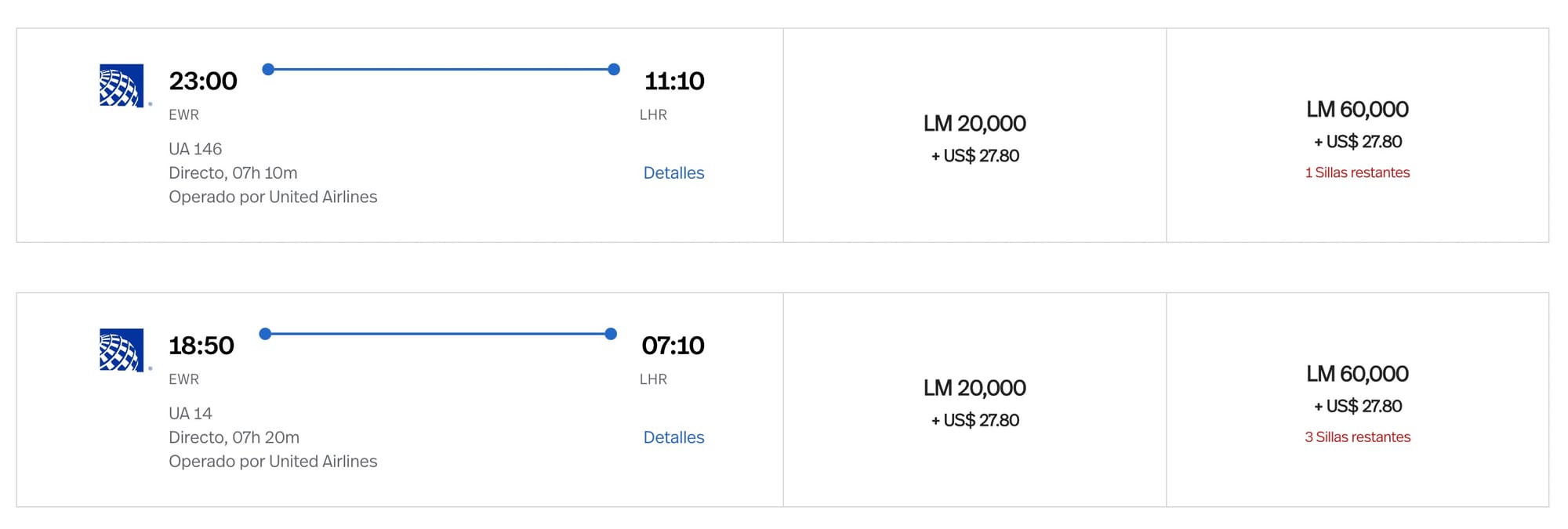
To summarize the price quirks of each points program:
| Program | Economy Price | Business Price | Transfer Partners |
|---|---|---|---|
| United | 40k + $5.60 | 80k + $5.60 | Bilt, Chase |
| Singapore | 30.5k + $5.60 | 81k + $5.60 | Amex, C1, Citi, Chase |
| Air Canada | 35k + $55 | 60k + $55 | Amex, C1, Chase |
| Avianca Lifemiles | 20k + $53 | 60k + $53 | Amex, Bilt, Citi, C1 |
As you can see, the price in points for the same exact flight can be double on one program. One thing to note is the ease of cancelling these award flights - while United is the most expensive, United has the most liberal cancellation policies, allowing you to cancel your flight at no cost at any point. As mentioned above, each program has different partners. If you have a Chase card and want to redeem for Lifemiles, that is impossible. Different transfer bonuses can factor into your decisions as well - if Air Canada has a 20% transfer bonus from your card, that business class flight drops to 50,000 points, only 10,000 more points than United's economy pricing.
Once you've established that a flight may be available to partners, the tricky thing to know is which partner will have the flight cheaper. Just because one partner is cheaper in one scenario doesn't mean it will be in every one, and partner availability isn’t 100% equal across partners. For example, Air Canada will have more Singapore Airlines award seats than other Star Alliance partners, and Alaska Airlines and American Airlines will share more availability with each other than with other Oneworld programs. Virgin Atlantic, a Skyteam carrier, can book ANA flights, a Star Alliance carrier, though only over the phone (and check out our guide how to book them here).
In your own searches, start with PointsYeah, point.me, or Seats.aero - even if you don't check every single partner, you'll cover more programs at once. While it’s important to understand transfer partners, your goal should be to find a flight that works for your situation, then determine if another alliance partner that your card can transfer to has it for cheaper. Other than that, fixed price redemptions through partners, like Lifemiles having all business class flights from New York JFK to Lisbon priced at 35,000 points, are where you'll find optimal value.
Where to Book
It’s difficult to know in your first searches where to find a points flight for cheapest. Partners are always changing, and new partnerships are formed. For a shortlist of which programs to check for each airline other than the airline itself, see below. The lists are non-exhaustive.
To book American Airlines: Avios-based programs (Finnair, Qatar, British Airways, and Iberia).
To book JAL: American Airlines, Avios programs, Cathay Pacific
To book United Airlines: Lifemiles, Air Canada, Singapore.
Other airlines bookable with these programs: Lufthansa, Swiss, LOT Polish Airlines, Air India, Ethiopian Airlines, EVA, TAP, and Turkish
To book ANA: same programs as United, plus Virgin Atlantic by phone. ANA redemptions are blocked online intermittently by several programs due to their popularity.
To book Delta: Virgin Atlantic and Air France/KLM Flying Blue.
To book JetBlue: its own program often offers great pricing, but also, Qatar Avios. JetBlue points can also be used to book Qatar
To book LATAM: Avios-based programs, American Airlines, but also Skyteam programs like Virgin Atlantic, Air France/KLM Flying Blue, and Delta
To book Southwest: only available through its own program, and has no partners
